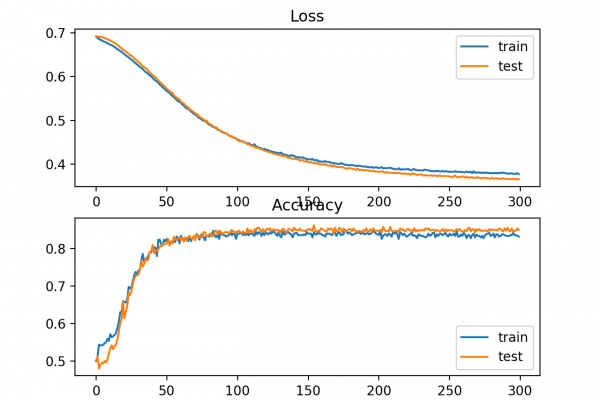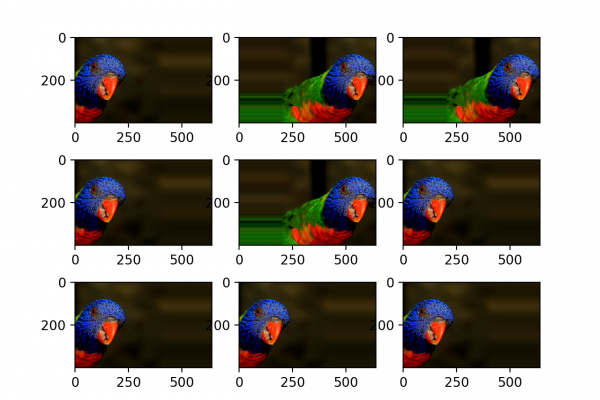How to Evaluate Pixel Scaling Methods for Image Classification With CNNs
Last Updated on August 28, 2020 Image data must be prepared before it can be used as the basis for modeling in image classification tasks. One aspect of preparing image data is scaling pixel values, such as normalizing the values to the range 0-1, centering, standardization, and more. How do you choose a good, or even best, pixel scaling method for your image classification or computer vision modeling task? In this tutorial, you will discover how to choose a pixel […]
Read more






